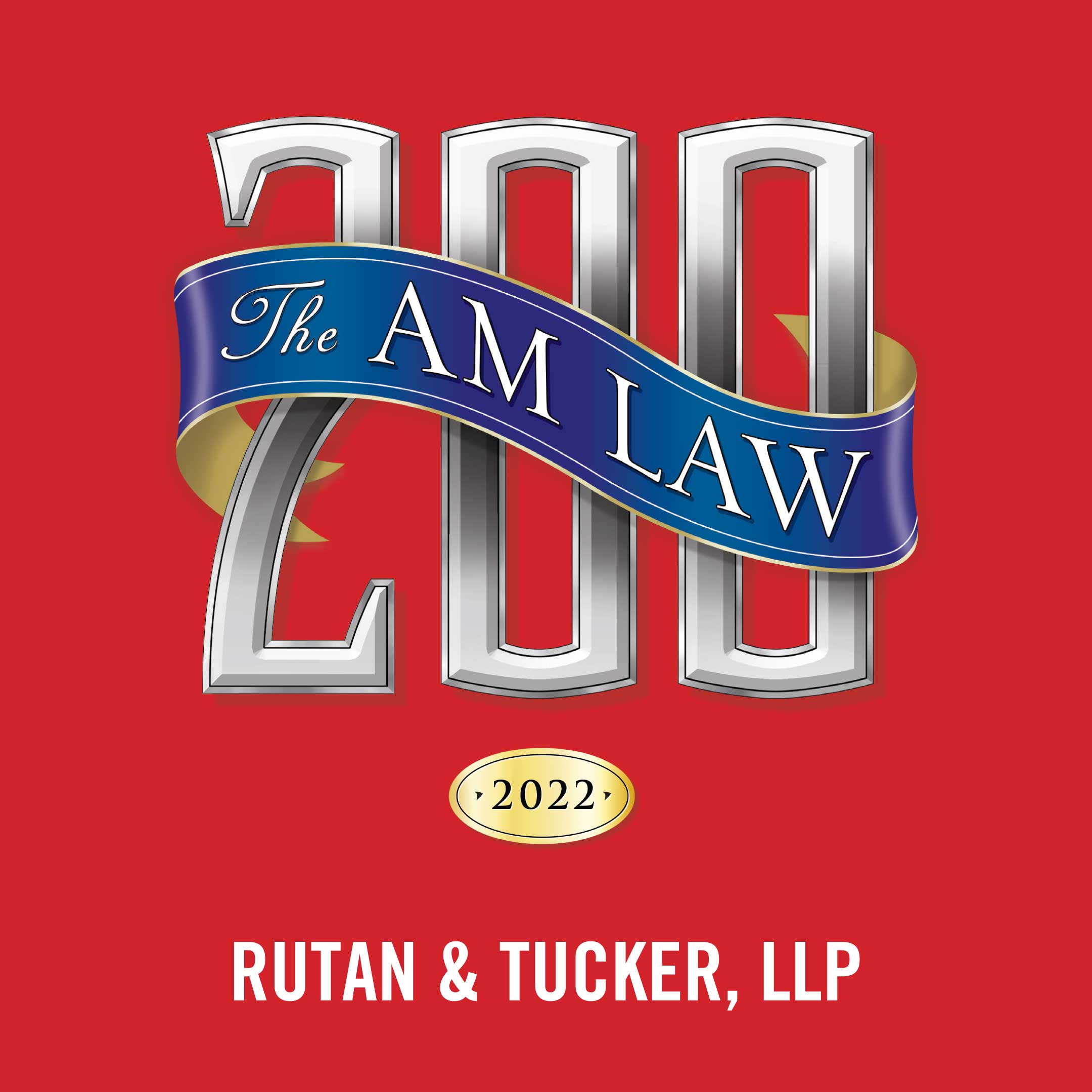Rutan & Tucker partners William Eliopoulos and Bill Ihrke were interviewed in a June 10, 2016 article “P3s On The Rise In Calif. Despite Upfront Challenges. The article focused on how cash-strapped California cities are increasingly partnering with private developers for large projects, seeking to fuse design, build, operations and maintenance into one transaction, and although such agreements have long-term economic benefits, putting them together requires considerable upfront work and costs, lawyers say.
“Where this public-private partnership concept appears to be emerging and is being used in California is with big infrastructure projects,” said Bill Ihrke of Rutan & Tucker LLP. “You have an ability to gauge costs for all stages — design, construction, and operations or management — prior to the time a project starts getting planned, and earlier in the process than what has traditionally been done.”
The City of Long Beach recently reached financial close on a project, in which Rutan & Tucker represented the design build entity, to build a civic center using a P3 structure. This was in contrast to more traditional contracts, where buildings go through several phases and parties, with sets of documents along the way over the course of years or even decades. “You will have one overarching agreement that will then have a bunch of these agreements attached to it,” Ihrke said.
For example, Rutan & Tucker’s William Eliopoulos, who worked on the Long Beach Civic Center project, said the cost of the design and construction for U.S. buildings has traditionally been approximately 10 to 20 percent of the building’s total life cycle cost, whereas the operation, maintenance and refurbishment costs have comprised the remaining 80 to 90 percent. By locking in performance guarantees and costs for the long term operation and maintenance of the buildings, cities can reap huge benefits. Another hidden advantage of the P3 delivery method is savings on construction litigation costs, which are minimized by the upfront focus on design and construction collaboration and efficiencies.
“It’s a big thing,” Eliopoulos said. “It’s really exploding.”



